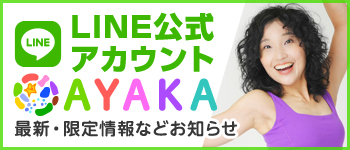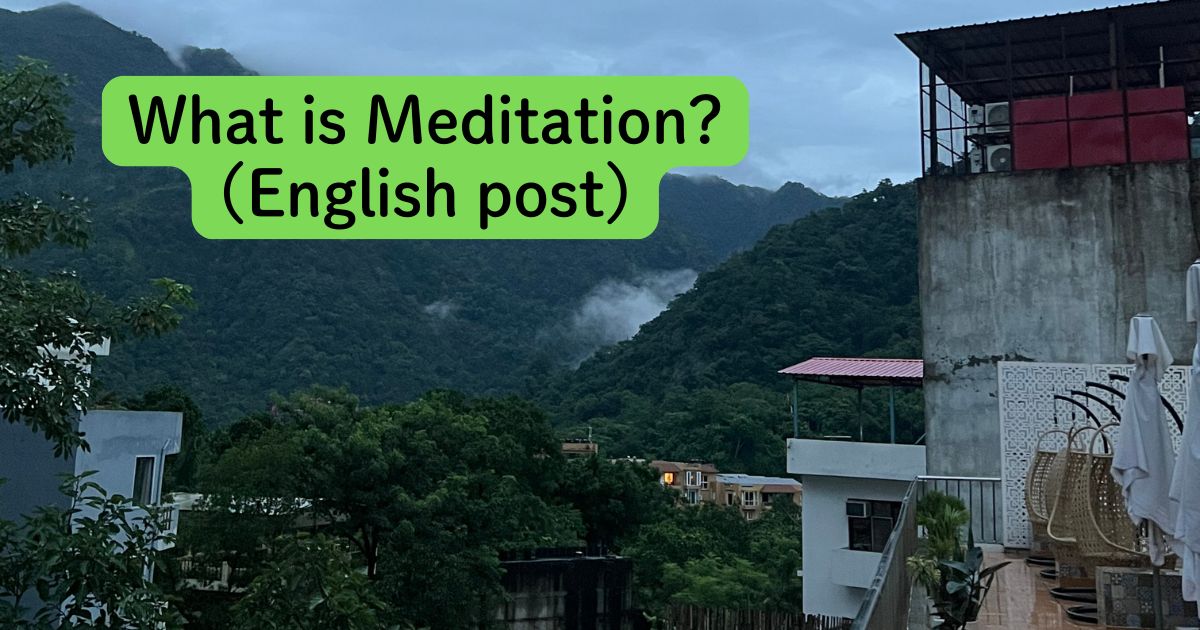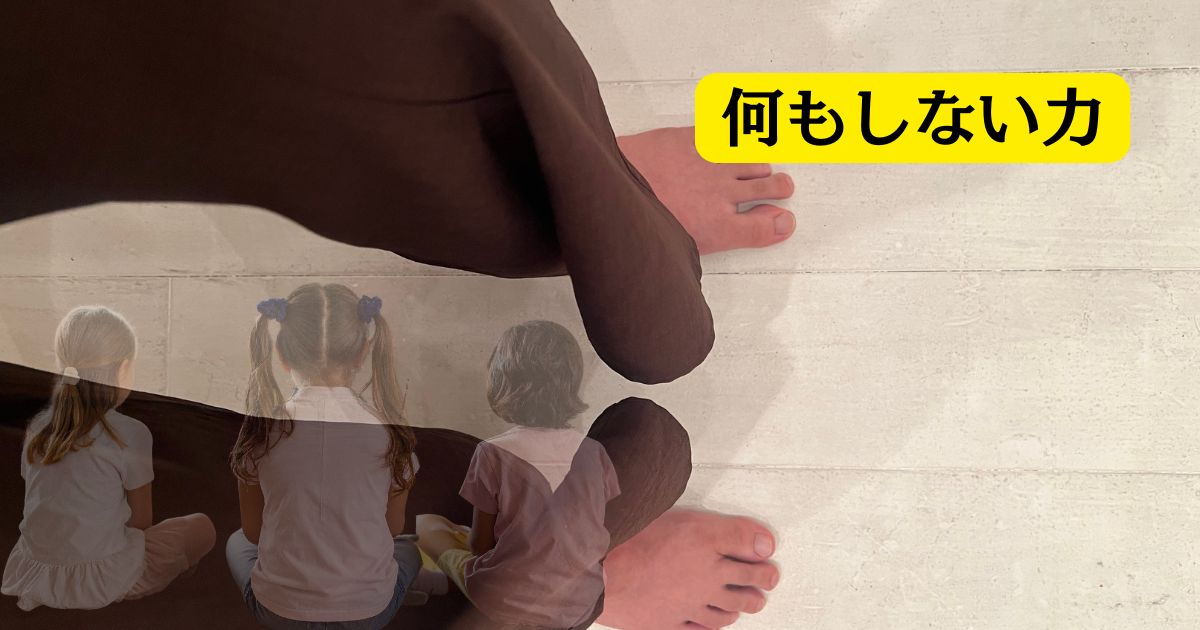(Followed by English; 日本語版の後に英語版が続きます)
ごきげんよう!
生まれ持った才能を心と体から引き出す
エンターティナー
彩加【Ayaka】です!
前回は英語の投稿を
本格的にスタートしました。
日本語でもお読みいただけます。
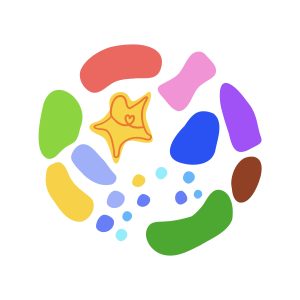
さて今回は、
・新たに特性ある子どもを迎えることになった他の保護者の体験談
・現在の私のクラスでの取り組みやスタンス
についてお話しします。
今回は保護者の方々の心境を、より深く掘り下げながら、
現在の私自身のクラスでの向き合い方も含めてお届けします。
*******************************
前回の記事でも少し触れましたが、
私は定期的に、障がいのある仲間たちに
ヨガをお伝えする機会があります。
そのなかで、ずっと気になっていたことがありました。
かつて一緒に踊っていた子どもたちは、
インクルーシブと言われる環境の中で
どんな風に過ごしているのだろう?
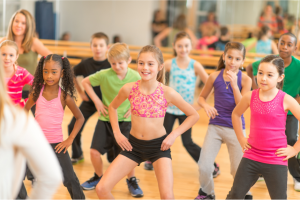
(イメージです)
そんなタイミングで、ある保護者の方から
とても貴重なお話を伺うことができました。
・障がいに関するコミュニケーションが
十分に取られていない
・特性ある子どもたちを迎えたところで
どうしたらいいかわからない、と戸惑う現場があること
日本でもインクルーシブ教育が
謳われていますが、
実際の教育現場では
まだまだ根付いていない状況です。
保護者一人ひとりが「特性ある子」を
理解しようとする動きはあっても
保護者、講師同士で話す機会に
なかなか至らないが故に
受け入れ方に課題があると
感じていらっしゃいました。
子どもたちが、障がいを持つ
仲間の特性を理解をできなかった故に、
両者が辛いを思いをした、
という悲しいお話も聞きました。
歳の離れたお姉さんたちや
保護者たちに対しては
とても人懐っこく、感受性豊かな
かわいい子どもだったそうです。
**************************
私自身も最初から
上手く対応できたわけではありません。
試行錯誤を繰り返しながら
クラスのみんなが心地よく参加できる
雰囲気を目指しています。
そのために最近
私が実行していることは
✅ 講師同士で情報共有をして
チームワークと理解を深め、サポートの糸口を探すこと
✅ 生徒さんの「良さ」を
積極的にみんなの前で伝えること
ダンスやヨガのスキルを伝えるだけでなく
子どもたちに新しい世界の見方も届けたい。
そんなクラスを心がけています。
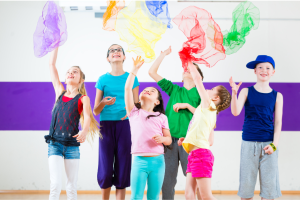
一方で、まだまだ課題もあります。
子どもたちや保護者たちが
問題をどのように受け止め、
どのように思いを共有するのか
安心して共有できる、「場」や「きっかけ」
がもっと必要とされています。
だからこそ、
私はこの「地球くれよんロゴ」に、
次のような役割を託しました。
•インクルーシブな社会について、
理解や対話を自然と促す
•誰かの心にそっと寄り添い、
優しく次の行動へと導いてくれる
この役割こそが本当に必要とされる方法で
人と人同士の「つながり」を作る手助けとなります!
次回の記事で
詳しくお話ししますね。
************************
今回、この記事を再編集する中で、
保護者たちの歯がゆい想いと、
改めて向き合う時間となりました。
私一人の力では、
社会を大きく変えることはできません。
それでも、ダンスやヨガの力を借りながら、
少しずつ「つながり」を広げていくことが
未来の大きな変化のための大切な一歩だと信じています。
その「一歩」を支えてくれるロゴの役割と
具体的な「一歩」となりそうな新たな企画も
次回ご紹介できる予定です。
どうぞお楽しみに!
ごきげんよう!
Ayakaでした♪
*******************
*******************
【Ayaka’s logo story part2: Reality】
Hello!
I’m Ayaka, a Japanese entertainer, shining a light on the natural talents within you— mind and body!
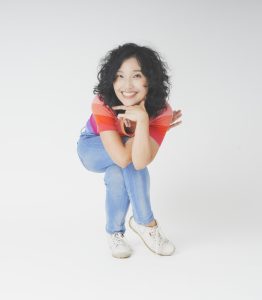
I’ve finally started posting in English, and in my previous article, I introduced the story behind my logo.
→Meet the main character of the logo: “Crayon-san”!]

In today’s post, I’d like to share:
・What fellow parents shared about children with special needs
・My current approach in kids’ classes
These experiences became turning points that gave new meanings to the role of my logo.
*******************
As I mentioned in my last post, I’ve begun teaching yoga regularly to adults with special needs. That experience made me wonder— How are the children I used to dance with doing now? What kind of inclusive environments are they experiencing today?
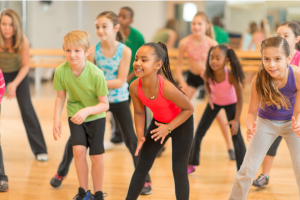
(Just an image)
Around that same time, I had the chance to speak with several parents who shared their heartfelt concerns:
•Communication about disabilities and individual needs is still limited.
•Even when schools welcome children with special needs, they often don’t know how to support them.
Although the idea of “inclusive education” is becoming more familiar in Japan, the reality is that schools often lack the communication and support systems needed. There are very few opportunities for teachers and parents to openly discuss how to build inclusive environments.
One mother told me a painful story: some children couldn’t understand the behaviors of a classmate with special needs. As a result, both sides ended up feeling hurt. And yet, this child was described as incredibly sweet, sensitive, and friendly—especially with older kids and parents.
*****************
I’ll be honest:
I didn’t know how to respond properly when I first started working with children with special needs either. Through lots of trial and error, I’ve been working to create a space where everyone in class feels comfortable and welcome.
Here are two things I’ve been focusing on recently:
✅ Sharing information with fellow teachers to build teamwork and deepen our understanding of each student
✅ Openly celebrating each child’s unique strengths in front of their peers
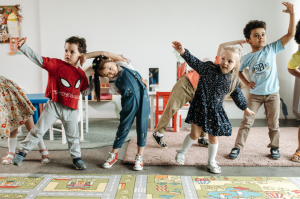
My goal goes beyond just teaching dance and yoga— I want to offer new ways for kids to see and experience the world. At the same time, we still face an important challenge: How can children and their families express what they’re going through?
We need more safe, open spaces for these conversations to happen. That’s why I began to see new purposes in the “Crayon Earth” logo — to:
✅ Gently invite understanding and open dialogue about an inclusive society
✅ Step in for me — staying close to people’s hearts, gently encouraging them to take their own steps forward
It will become a tool that helps connect people in ways we truly need.
I’ll pause here for now—but in my next article, I’ll share what this logo might help us achieve. Stay tuned!
****************
In rewriting this article, I was reminded of a quiet frustration that the fellow parents have expressed — that while they appreciate what makes these children so special, they often struggle to find the right way to support them fully.
I know I can’t change the world alone.
But I do believe that with the help of dance and yoga, we can start making small connections that lead to big changes.
Next time, I’ll introduce the new role of the logo in details—and announce my first inclusive project! Look forward to it!!
Gokigenyo!
From Ayaka

